[ad_1]
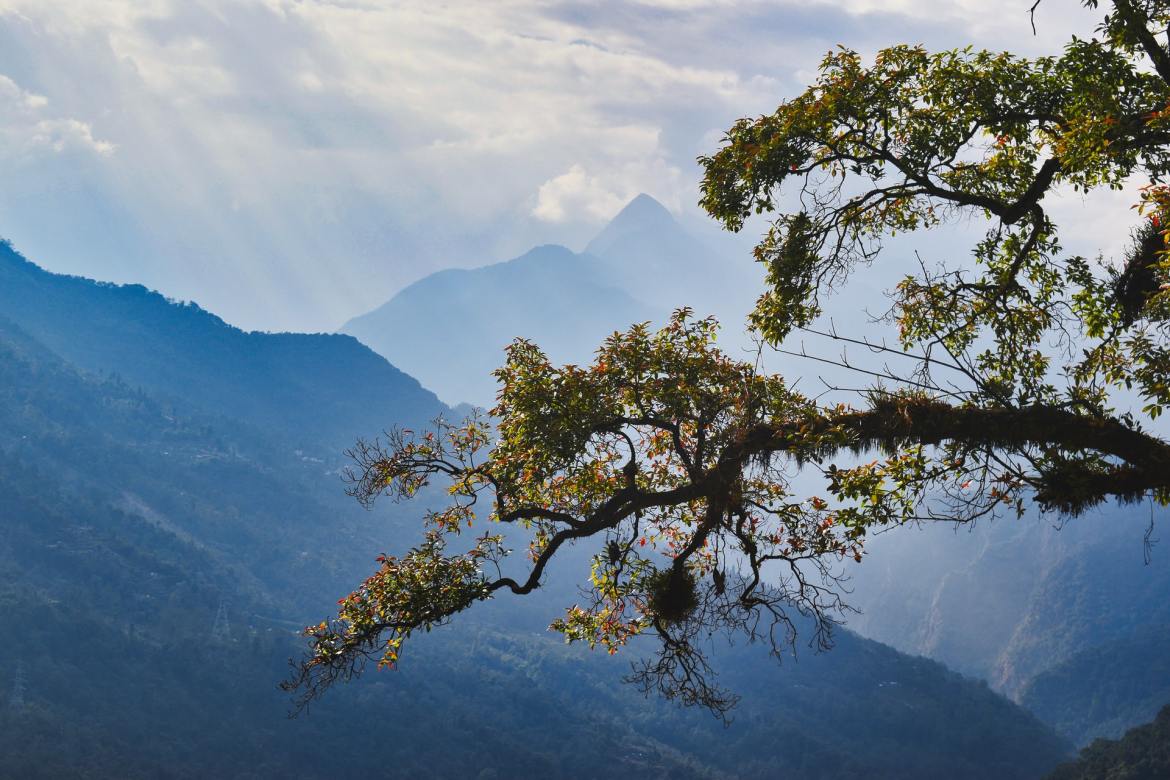
As a result of the world prepares to re-open (or possibly we’re all dreaming of a time the place it’s going to most likely) and we begin to look ahead on the manner ahead for journey publish Covid-vaccine, it’s evident that ecotourism will play an unlimited place inside the needs of future holidaymakers. In opposition to the duel backdrop of a worldwide pandemic and elevated publicity surrounding the twin crises of native climate change and biodiversity, many in the meanwhile are looking for to engage ethically with the pure world whereas on their travels. This customer weblog publish from the creator of Excessive 10 areas for birders, focuses on Sikkim in India, and explores what makes this such an unimaginable hotspot for birders...
Birding in Sikkim, India
Due to its spiritual ideologies and an setting conscious authorities, the avifauna in Sikkim has nonetheless obtained a habitat to thrive in.
The state has three distinct native climate zones ranging from the tropical to alpine and finally to snow which has resulted in an abundance of ornithological vary which extends to simply about 700 species as documented by the renowned ornithologist, the late Dr Salim Ali.
This modification in altitude and vegetation, all inside a small house, has made Sikkim one in all many richest birding areas of its measurement anyplace on this planet.
So, in case you might be an avid birder, e e book your Sikkim tour bundle and assure to include a data whereas reserving to sight these feathery buddies with ease.
The avifauna of Sikkim is predominantly east Himalayan with most of the Palearctic species to be found inside the inaccessible areas of the far north.
Regardless that journey is restricted to south Sikkim, there are a choice of fascinating web sites which may be coated for potential species in an house which receives restricted consideration from birders. ( To have the ability to go to numerous the interior areas of Sikkim you’ll want to have a enable).
A go to to Gangtok
The logical first halt on any Sikkimese itinerary is the capital, Gangtok, which could solely be accessed by road from Siliguri in West Bengal. Though not notably good for birding, it is necessary to stop in Gangtok to rearrange for permits to go to Tsomgo Lake, Fambong Lo or the Yumthang space.
Between bureaucratic delays you could go birdwatching throughout the Tibetology Institute which has some good species like, Golden throated Barbet, Pygmy Woodpecker, Purple-billed Leothrix, Frequent Inexperienced Magpie, White bellied Tuhina, Inexperienced backed Tit, Purple-tailed Minla amongst others.
Should you’re touring to Gangtok in your private automobile, you could stop on the state entry stage at Rangpo to do some enroute birding beneath the Teesta bridge. Study the river for Small Pratincole, Crested Kingfisher and Ibisbill. Totally different notable species listed below are Kalij Pheasant, River Lapwing, Pin- tailed Inexperienced Pigeon, Hill Myna and Wallcreeper.
The Rumtek Monastery (1550m) is 24km from Gangtok and will probably be visited by hiring a taxi from the bazaar. There could also be some good birding obtainable on the filth roads within the path of Tune.
Species found proper right here embody Sapphire Flycatcher, Rufous-breasted Bush Robin, Blue-winged Laughing Thrush, Maroon Oriole and Hodgson’s Redstart.
Fambong Lho Wildlife Sanctuary
The 52 sq. kilometres Fambong Lho Wildlife Sanctuary lies 25 km southwest of Gangok and covers a coniferous forest at an altitude from 1520 to 2750m.There is a leisure house all through the sanctuary nevertheless you desire a sleeping bag and provisions to stay in a single day. The selection is to stay in Gangtok and go to Fambong Lho on day journeys.
This extreme potential birding web page has recorded Eurasian Woodcock, Collared Owlet, Bay Woodpecker, Huge Niltava, Streak-breasted and Scimitar Babblers, Chestnut-Tailed Minla, Himalayan Bluetail, Brown wood owl, Silver-breasted broadbill, Hill Partridge, Inexperienced tailed sunbird and Satyr Tragopan and so forth.
It is critically value visiting Tsomgo Lake (3800m) nearly 36 km from Gangtok. The Kyongnosla Alpine Sanctuary is positioned on the route and is an outstanding place for the state chook of Sikkim the Blood Pheasant, Himalayan Monal, Satyr Tragopan, Solitary Snipe and fully completely different species of finches and laughing thrushes.
Birding inside the Yumthang space
The Yumthang space has not too way back been thrown open to vacationers. This space of North Sikkim (3500m) throws up varieties like Snow Partridge, Blood Pheasant, Himalayan Monal and Satyr Tragopan.
Three kilometres north of Pelling lies the Pemayangtse Gompa, the second oldest in Sikkim. Aside from awe-inspiring views of Kanchenjunga there is a good birding path beneath the monastery.
Nearly all the species current in Fambong Lho and Gangtok will probably be seen proper right here apart from Mountain Hawk Eagle, Himalayan Griffon, Banded Bay Cuckoo, Crimson-breasted Woodpecker, Yellow-rumped Honeyguide, Black-faced Laughing Thrush, Brown – throated Treecreeper, Mrs Gould’s Sunbird, Gold-naped finch and Little Bunting and so forth.
Unusual birds at Khecheopalri Lake
The small Khecheopalri Lake in southwest Sikkim is 28km from Pemayangtse and hosts numerous migrants along with rarities like Black-necked Grebe, Bigger Scaup and Baer’s Pochard.
The forest on the slopes of the lake have wonderful birds like Speckled Wood Pigeon, Emerald Cuckoo, Blue-winged & Scaly Laughing Thrush, White-naped Yuhina and many completely different species seen in Pemayangtse.
Yuksom is the underside stage for trekking inside the Dzongri space and good for prime altitude birds found spherical 4500m. Among the many many birds seen on the trek are Blood Pheasant, Brown Parrotbill, Fire-tailed Myzornis, Cutia, White-browed Bush Robin, Grandala, Robin and Rufous-breasted Accentors, Grosbeaks, Scarlet Finch and so forth.
The proper time to go to Yuksom is from late October to early December after which April to June.
A treasure trove for nature and birding
Sharing its boundaries with China, Nepal, Bhutan and the Indian state of West Bengal, Sikkim is a digital treasure trove for nature and journey lovers. The state alone holds 30% of the chook inhabitants of your whole nation. So pack your baggage and head to this nice state when you want to open the doorways of the picturesque avifauna world of Sikkim.
[ad_2]
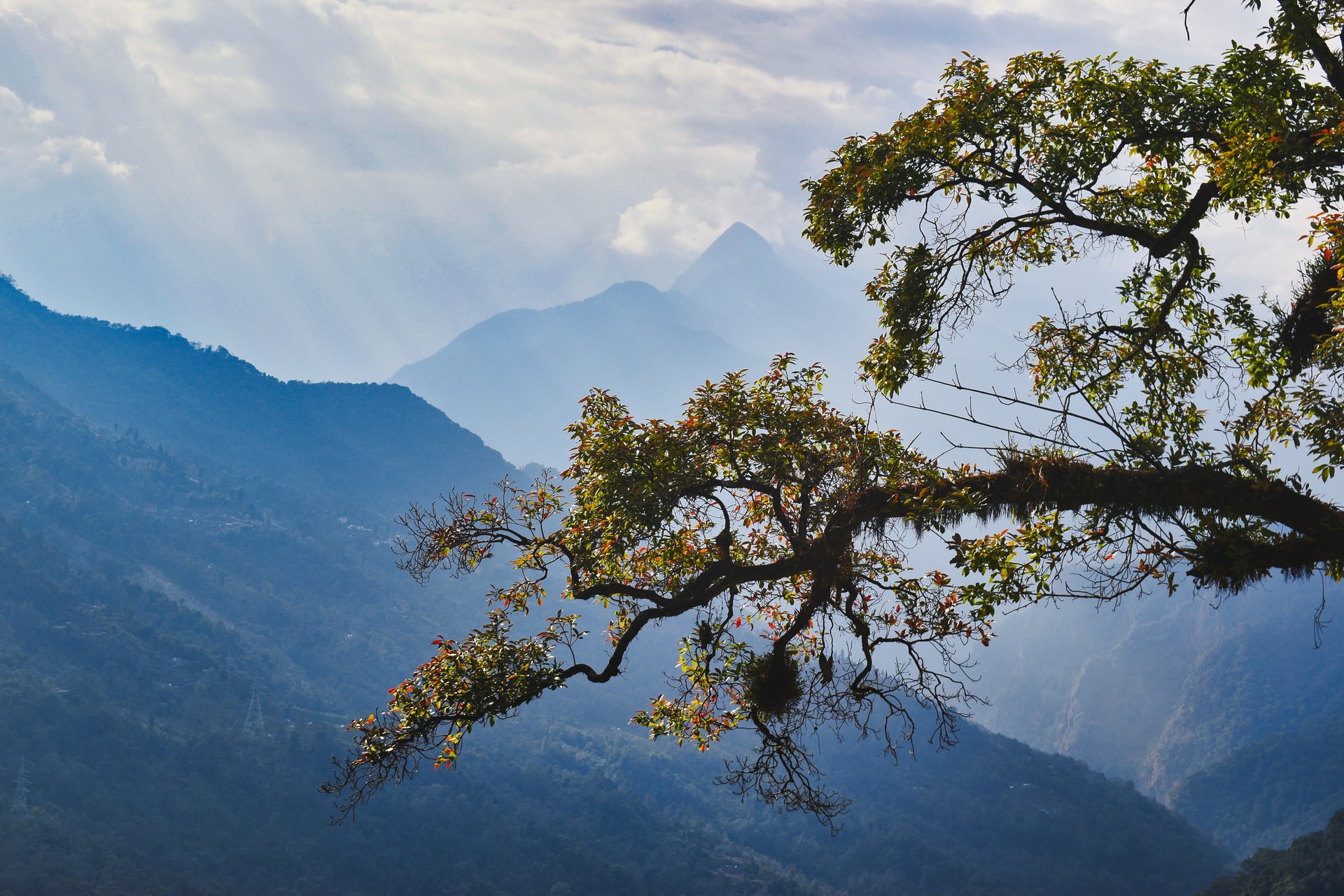


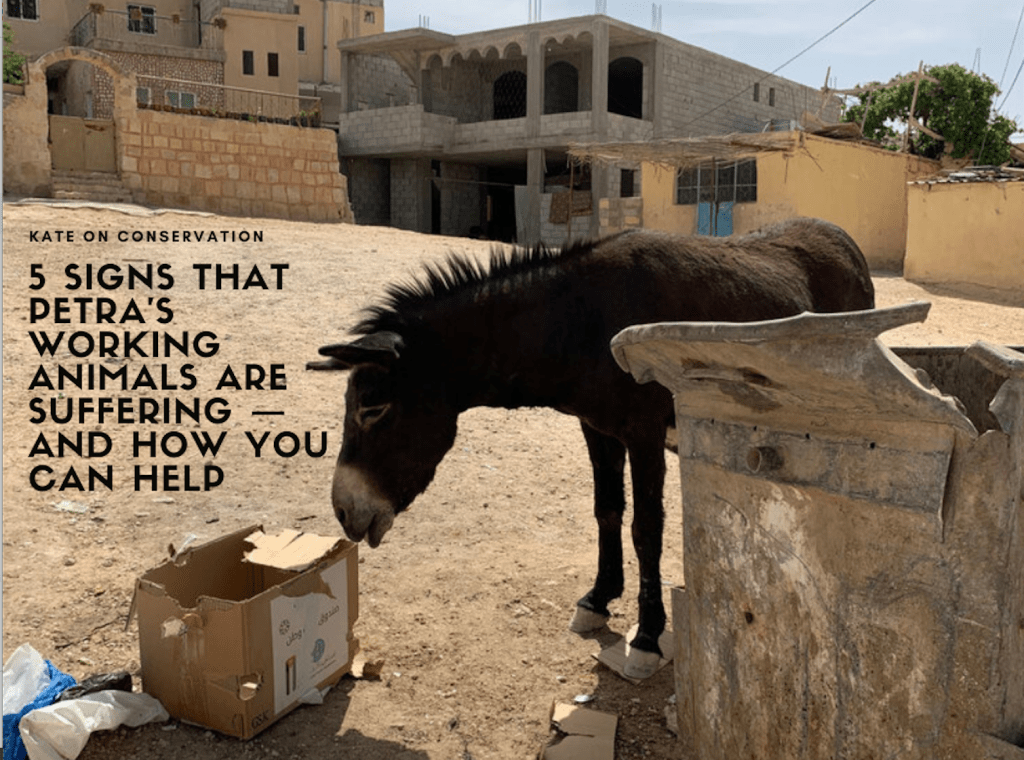
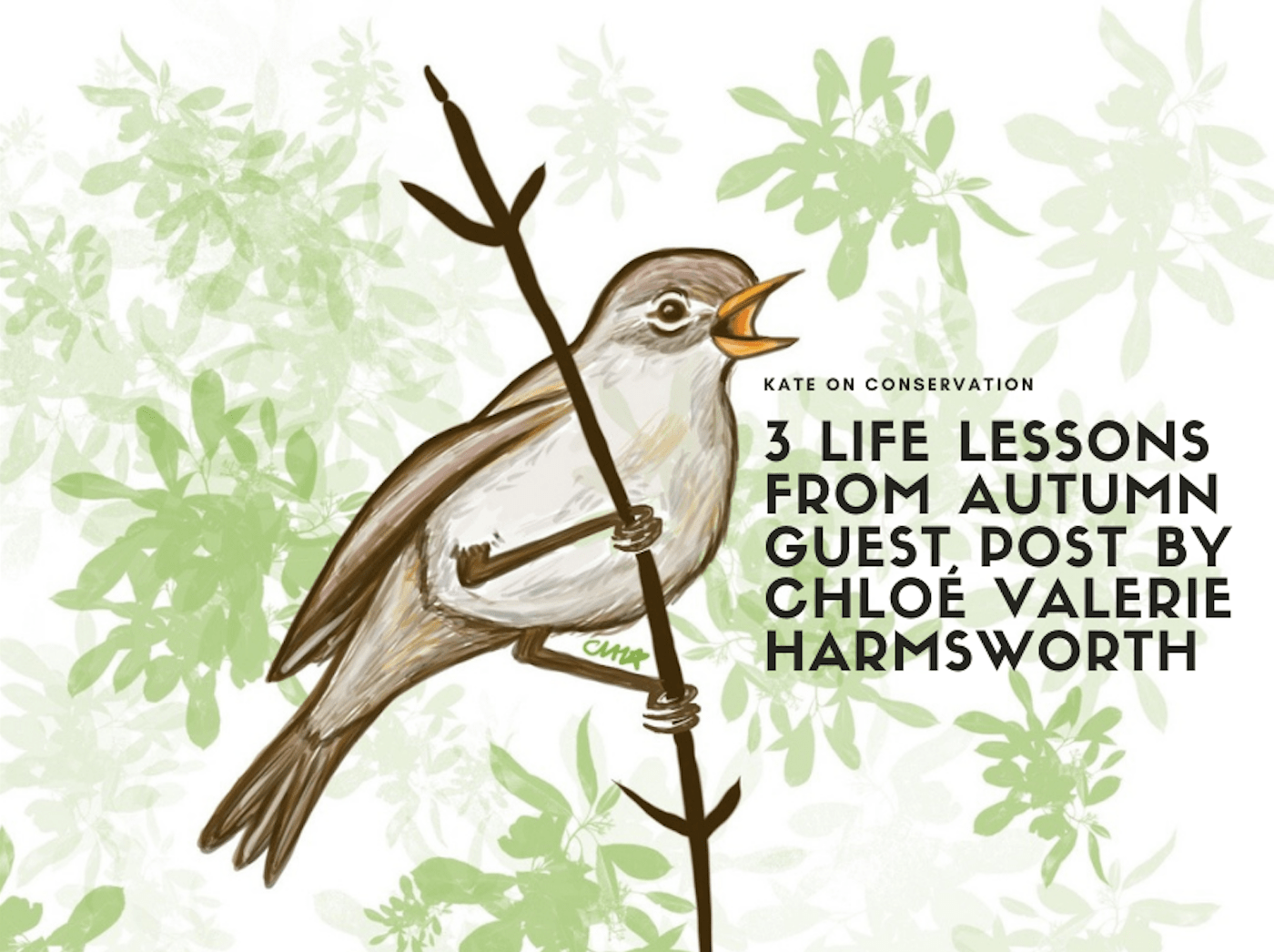


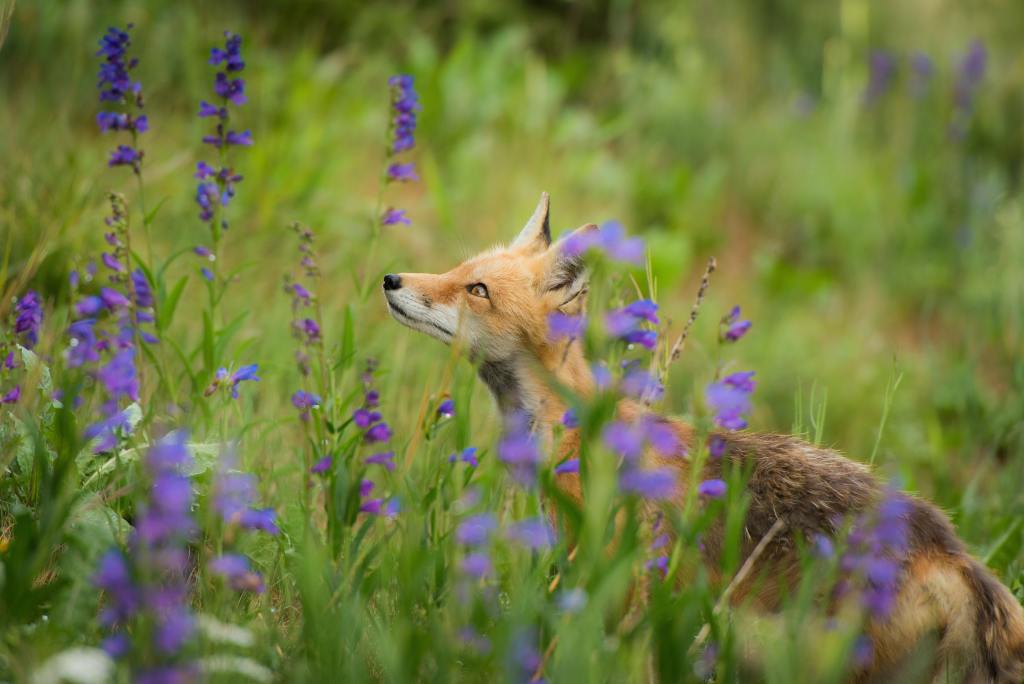



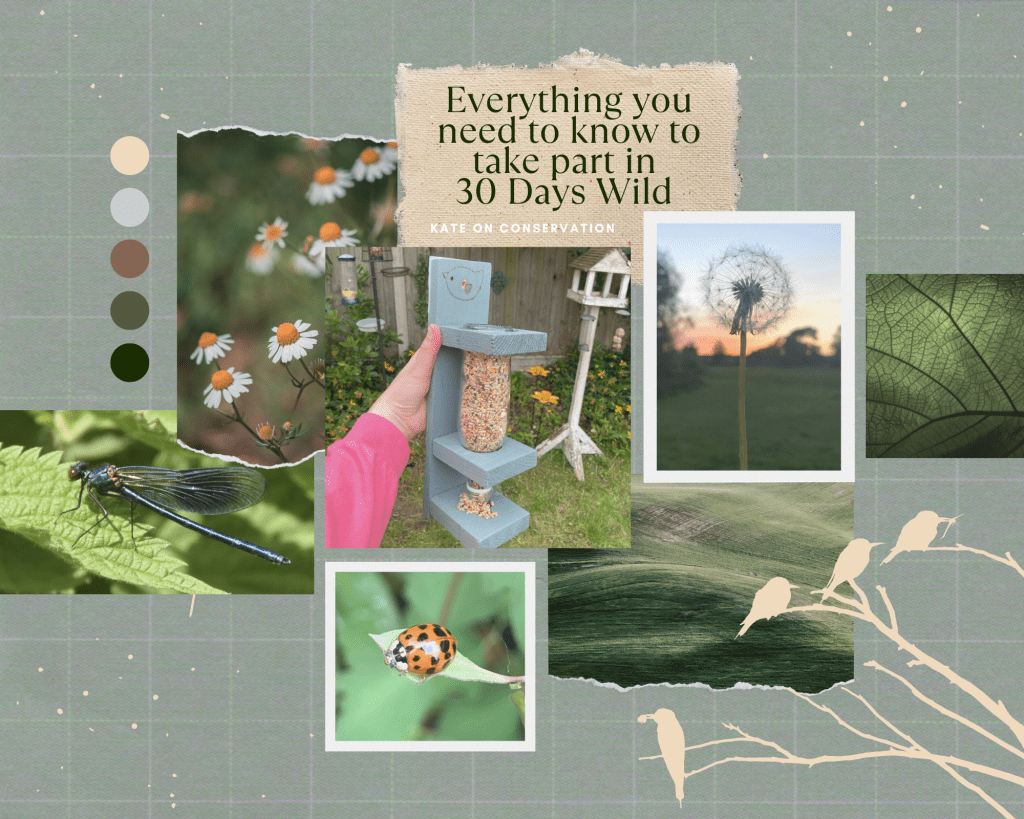

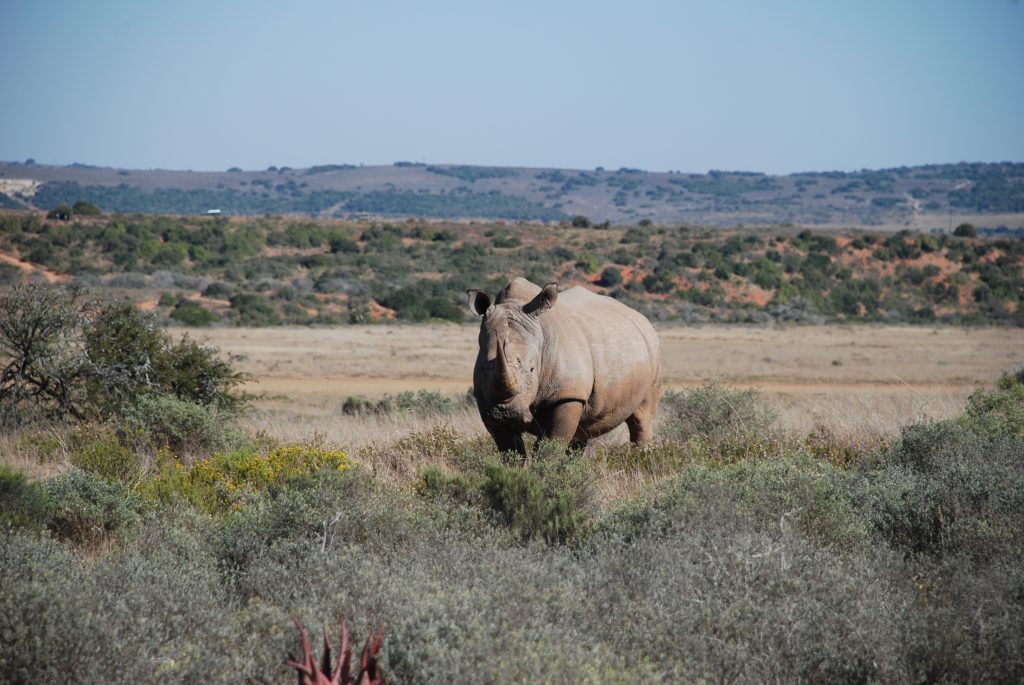
Leave a Reply